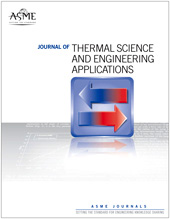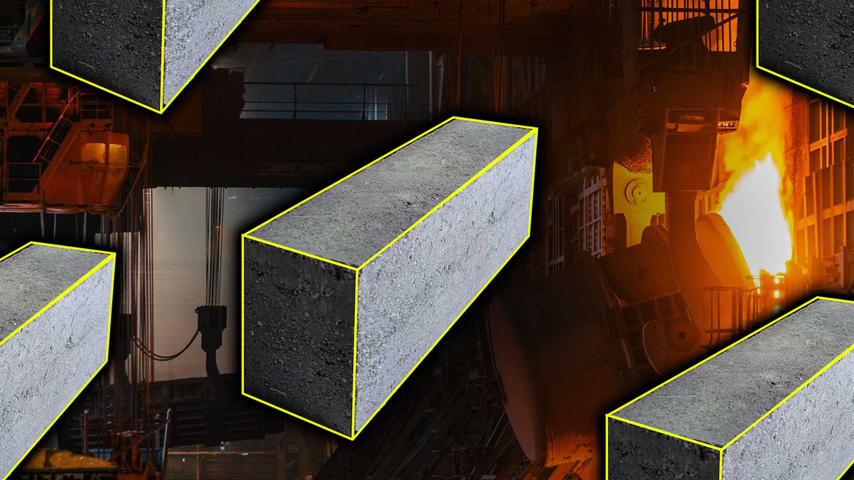Special Journal Issue to Focus on Advances in Nanofluids Modeling and Applications
Special Journal Issue to Focus on Advances in Nanofluids Modeling and Applications
The ASME Journal of Thermal Science and Engineering Applications is currently accepting manuscripts for a special issue, “Advances in Nanofluids: Modeling and Applications (ANMA).” Authors who are interested in contributing a paper for the special issue, which will be published in 2019, should electronically submit their manuscripts by Nov. 30, 2018.
Nanofluids are innovative dilute liquid suspensions of nano-sized particulate matter that possess enhanced thermophysical properties such as thermal conductivity, thermal diffusivity, viscosity, and specific heat along with improved convective heat transfer coefficients compared to those of traditional base liquids or heat transfer fluids commonly used in industry.
Many nanofluid models have been reported, with the general conclusion of using these models being that the addition of nanoparticles to low thermal conductivity base fluids results in improved heat transfer. However, in recent years, many new experimentally based models considering different working conditions and nanoparticles properties have instead predicted a deterioration of heat transfer. This special issue of the ASME Journal of Thermal Science and Engineering Applications is intended to provide readers with an overview of current models for thermophysical properties of nanofluids and their applicable conditions.
The special issue will cover a number of topics including new nanofluid models for thermophysical properties; new applications of nanofluids; boundary layer flow and heat transfer of nanofluids; nanofluids in microchannels, solar energy, energy storage and HVAC; nanofluid flow modeling using a single-phase model; two-phase nanofluid modeling in various geometries; nanofluid transport in porous media; melting of nanoparticles-enhanced phase change material; fluid-structure interaction problems involving nanofluids; heat transfer enhancement using nanofluids; molten salts-based nanosystems; and ionanofluids.
The editor for this special issue is Ali J. Chamkha, professor and endowed chair, Prince Mohammad Bin Fahd University, Saudi Arabia, achamkha@pmu.edu.sa.
Manuscripts should be submitted to the ASME Journal of Thermal Science and Engineering Applications by Nov. 30, 2018, through ASME Journals Connect. Authors who already have an account should log in and select “Submit Paper” at the bottom of the page. Authors who do not yet have an account should go to the “New Users” page, select “Submissions” and follow the step-by-step instructions. Authors should choose Journal of Thermal Science and Engineering Applications when they reach the “Paper Submittal” page, and then select the special issue “Advances in Nanofluids: Modeling and Applications (ANMA).” Papers received after the deadline or those that are not selected for inclusion in the special issue may be accepted for publication in a regular issue of the journal.
For more information on the ASME Journal of Thermal Science and Engineering Applications, visit https://journaltool.asme.org/home/JournalDescriptions.cfm?JournalID=24&Journal=TSEA. To learn more about the ASME Journals Program, visit ASME Journals.



